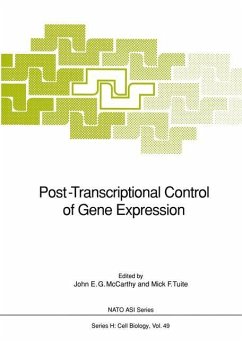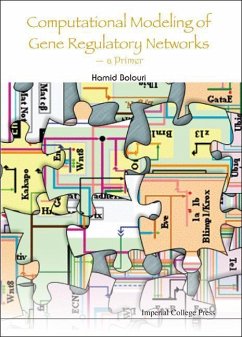
Bacterial Gene Regulation and Transcriptional Networks
Versandkostenfrei!
Versandfertig in über 4 Wochen
220,99 €
inkl. MwSt.

PAYBACK Punkte
110 °P sammeln!
Gene regulation at the transcriptional level is central to the process by which organisms convert the constant sensing of environmental changes and intracellular fluxes of metabolites to homeostatic responses. In recent years, a wealth of data from structural studies, sequence analysis, and comparative genomics has led to a greater understanding of bacterial gene regulation and transcriptional networks. Contributors from around the world have joined forces in this book to review and discuss the latest research observations and current theories in this highly topical and important area of micro...
Gene regulation at the transcriptional level is central to the process by which organisms convert the constant sensing of environmental changes and intracellular fluxes of metabolites to homeostatic responses. In recent years, a wealth of data from structural studies, sequence analysis, and comparative genomics has led to a greater understanding of bacterial gene regulation and transcriptional networks. Contributors from around the world have joined forces in this book to review and discuss the latest research observations and current theories in this highly topical and important area of microbiology. The book describes the components required for transcriptional regulation, elucidates their complexity, and discusses the genome-scale theories that currently prevail, by investigating a large number of completely sequenced microbial genomes. It discusses how transcriptional regulation and gene circuits can be used by bacteria to sense signals and generate phenotypic variation. It also introduces experimental and computational methods for investigating transcriptional regulatory networks on a genomic scale. Additionally, the book explores the transcriptional complexity of specific organisms, and it discusses the current understanding of the genome-scale regulatory networks and the importance of key transcription factors. The specific organisms covered include Escherichia coli, Bacillus subtilis, Helicobacter pylori, Mycobacterium tuberculosis, Pseudomonas aeruginosa, and Cyanobacteria. This book constitutes a major work on bacterial gene regulation and is a recommended purchase for all institutions and organizations interested in microbiology.












